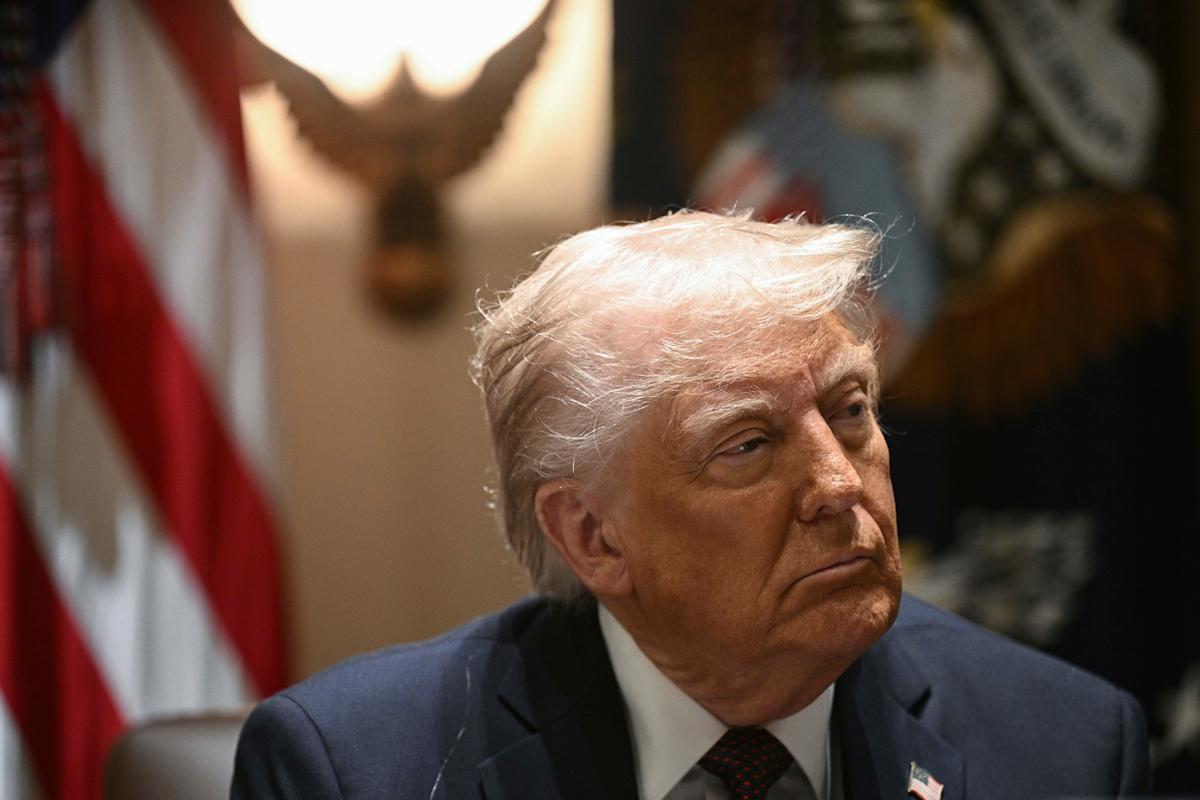President Trump says he still intends to levy tariffs on semiconductors produced outside the US, despite TSMC (TSM) and other tech companies promising to invest billions in the country’s chip manufacturing capabilities.
During a press event Monday, Trump said he would impose the import tax “down the road” without providing an exact date or time frame. He previously called for a 25% tariff on processors but has been vague on the details of the plan, including how it will work, whether it will stack on top of other tariffs, and if it will apply to individual chips or products shipped to the US with chips in them already.
Read more: What Trump’s tariffs mean for the economy and your wallet
The tariff talk comes after Trump criticized the CHIPS Act during an address before Congress and as chip companies struggle amid a sell-off of tech stocks.
Shares of TSMC are off 15% on the year, while Nvidia (NVDA) is down 16%. AMD’s (AMD) stock price has fallen 11%, and Broadcom’s (AVGO) has dropped 25%. Intel (INTC) shares are up 17%, though that has more to do with the company naming a new CEO and reports that TSMC could take over its manufacturing business.
At close: March 27 at 4:00:01 PM EDT
NVDA TSM AMD
The US imports relatively few individual chips compared to the enormous number of products it imports with chips already inside them. That includes everything from smartphones and cars to refrigerators, laptops, and TVs.
What’s more, chips don’t just come from one country.
“Semiconductor chips move across a lot of national borders. They start out as raw silicon wafers, which may come from Japan or Taiwan or Germany. Then you’re going to put the chips on and then you’re going to send it somewhere else,” explained Willy Shih, a professor of management practice in business administration at Harvard Business School.
A view of wafers in a production line of Dutch semiconductor company Nexperia, in Hamburg, Germany, June 27, 2024. REUTERS/Fabian Bimmer · REUTERS / Reuters
“Who’s going to dice it and package it? And then I’ve got to put it on printed circuit boards,” Shih said. “What they’re proposing is much more complicated than maybe they appreciate.”
Broadly speaking, manufacturing a chip often includes producing a silicon wafer in one country that is then sent to a factory in a different country, where a circuit is printed onto it. It is then shipped to another factory in a separate country to be cut into individual chips and packaged as semiconductors.
From there, the processors are sent to another factory, where they’re put into laptops, cars, or virtually any other electronic device.
And that’s not even accounting for the various chemicals needed throughout the chipmaking process. In 2022, Russia’s war in Ukraine sent the world into a panic over fears that a lack of access to neon gas would slow chip manufacturing in other countries. Neon is used in the lasers needed to make processors, and Ukraine accounted for upward of 54% of the gas.
Story Continues
